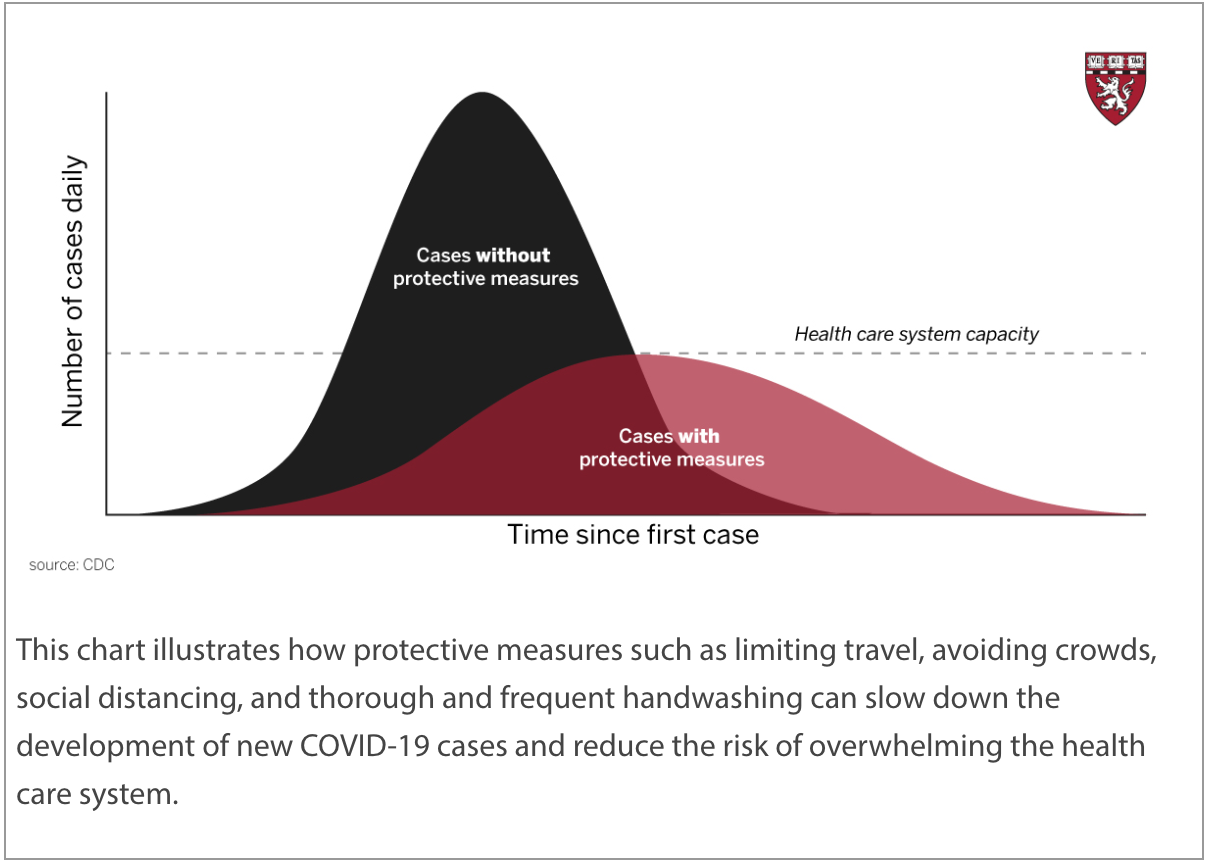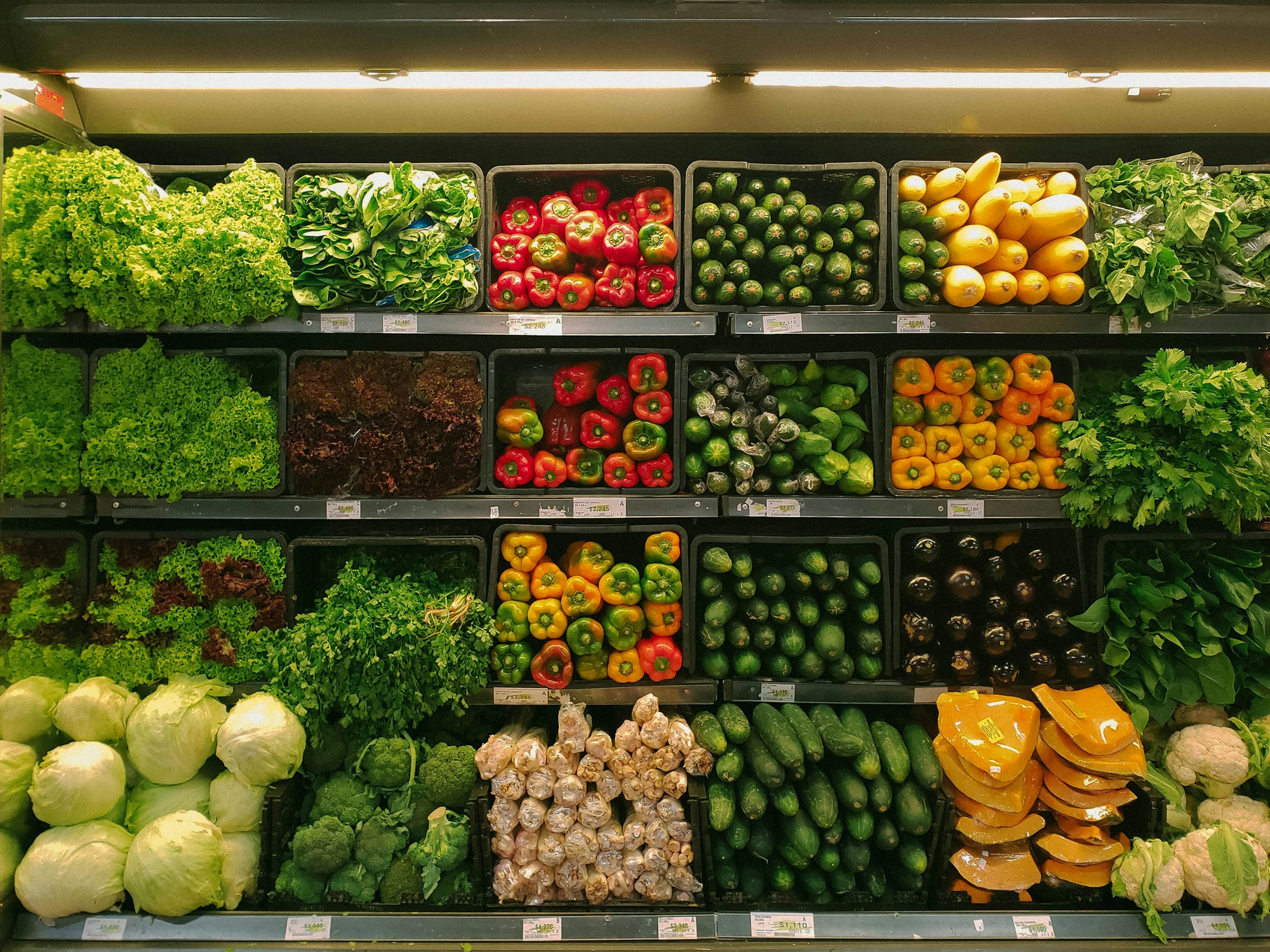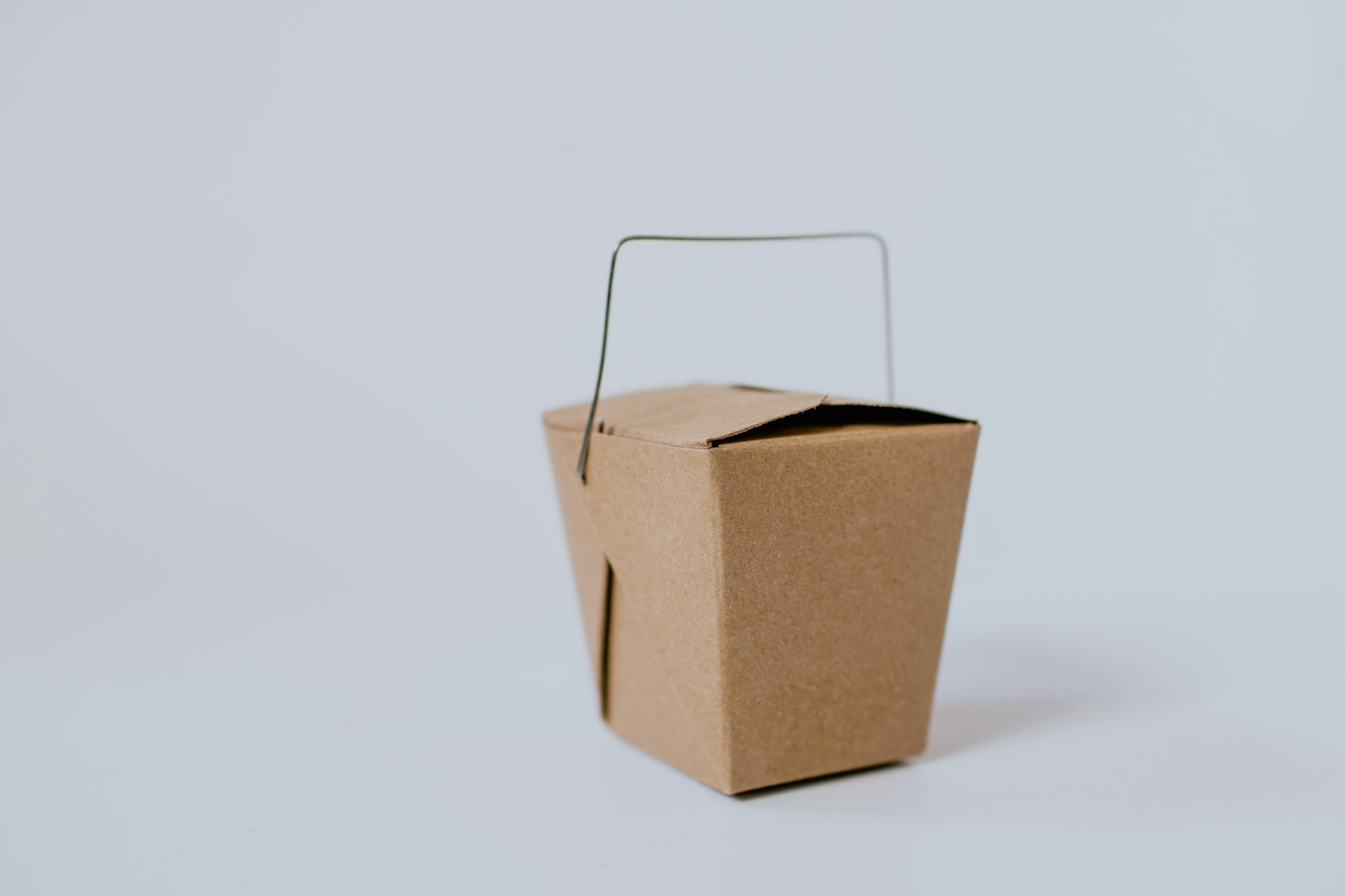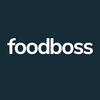In the last few days, the Governors of Illinois, Ohio, Massachusetts, and Washington have all taken the unprecedented measure to shut down restaurants and bars to the public. Likewise, New York City and Los Angeles have followed suit, while other cities, such as New Orleans, have imposed consumption curfews.
As officials across the rest of the country plan their own course of action, it is important to note that in every one of the above areas, officials are determined and committed to keeping food delivery options available to consumers.
While more and more people confine themselves and limit their social interactions to contain the spread of COVID-19, food delivery demand has boomed.
Questions remain, however, as to why officials have allowed food delivery to remain open with some calling into question the safety of food delivery. Food delivery is not the perfect solution; however, of all the options, food delivery is safer than the alternatives.
Compare Food Delivery With FoodBoss
Why are restaurants being shut down?
What we know about Corona is that it is highly contagious, far more than the typical flu though many compare the two. According to the CDC, "The virus is thought to spread mainly from person-to-person. Between people who are in close contact with one another (within about 6 feet). [or] Through respiratory droplets produced when an infected person coughs or sneezes. These droplets can land in the mouths or noses of people who are nearby or possibly be inhaled into the lungs."
https://www.cdc.gov/coronavirus/2019-ncov/prepare/transmission.html?CDC_AA_refVal=https%3A%2F%2Fwww.cdc.gov%2Fcoronavirus%2F2019-ncov%2Fabout%2Ftransmission.html
Since the virus is so easily transmitted between humans (it's even believed that you can spread the disease while showing no symptoms yourself), many people began to practice social distancing measures over the last two weeks. The idea is to limit social gatherings where the virus can spread much quicker. What started as a voluntary precaution is now turning to government action - most recently, restaurant closings.

https://www.health.harvard.edu/diseases-and-conditions/coronavirus-resource-center
Closing down restaurants and bars across various states and cities is an attempt by officials to combat large gatherings where the disease can be easily transmitted without anybody knowing for days. On Sunday, the CDC recommended the cancellation of any event where more than 50 people would gather for the next two months. This was likely the final straw for many governors who had thus far allowed restaurants and bars to remain open.
https://thehill.com/policy/healthcare/487702-cdc-recommends-no-events-of-50-or-more-people-for-next-eight-weeks
Find Fast Delivery Times
What are the alternatives to food delivery?
At the moment, restaurants are still open across the vast majority of the country. Today, the options to eat and get food remain more or less the same for the average American. However, concerns over the spread of Corona make the majority of these options either highly risky or ineffectual.
Continuing to eat out at restaurants is the most obvious option. If you don't live in one of the states or cities listed at the beginning of this article, then sure, you can continue to eat out at restaurants. That said, expect more and more localities to adopt similar measures to limit the possible spread of the virus. Eating out puts you and others at unnecessary risk of catching or transmitting Corona when you're near a crowd. Especially now, it's safest to limit or, better yet, cease eating out at restaurants until the spread of the virus is better contained.
Another option is to go grocery shopping. By now, you've probably seen the stories about how panic has caused mass hysteria as people flock to their local grocery stores to buy everything possible. If not, here is an example.
Grocery stores have two main problems. First, like in a restaurant, you're exposed to interaction with tons of other people, any of whom could potentially be a carrier. Second, the food you buy in a grocery store is not sanitary.
Sort By Low Fees or Fast Delivery Estimates
The first issue is the same one you face at a restaurant or any crowded public space. Being in close contact with others puts you at risk. What's worse about grocery shopping is that supplies are in such short supply in some places, that lines are forming before the stores open their doors. Standing in a stationary line is another risk.
Cleanliness in grocery stores is another issue. Think about the produce you buy. Even by the time it arrived at the store, it passed through so many different hands to get there. The farmers, the shippers, stockers for the store who display it. And once it's in the store, hundreds, if not thousands of people pass through a grocery store daily, many of whom like to inspect and handle the food before selecting it.

When you buy food at the grocery store, you are also interacting with the germs from all those other people who have handled the food previously. That said, some supplies might necessitate a trip to the store, in which case, do your best to stay at least 5 feet from others and don't touch your face before washing your hands after getting home.
The final common solution is grocery delivery. Grocery delivery does certainly limit your interaction with others vs. going to the store itself tenfold. That said, you still have to receive your delivery in a face to face exchange with a delivery driver who you can't control and who could easily be carrying the virus. And the same issues that exist with the food itself more or less remains. Unless you know how to properly clean food (you likely do not, rinsing is not enough), then the food you cook with could potentially get you sick.
Is Food Delivery Actually Safe?
Simple answer? It is absolutely safer. There are multiple reasons why officials in these states and cities kept food delivery open as an option for consumers. Safety is a top concern for all, and food delivery is best equipped for this scenario.
First, According to both the FDA and the CDC, food delivery remains a safe option since there is no evidence that Coronavirus can be transmitted through cooked food itself or food delivery packaging materials.
According to the FDA, "Currently, there is no evidence of food or food packaging being associated with transmission of COVID-19." And likewise from the CDC, "Coronaviruses are generally thought to be spread from person-to-person through respiratory droplets. Currently there is no evidence to support transmission of COVID-19 associated with food. Before preparing or eating food it is important to always wash your hands with soap and water for 20 seconds for general food safety."
https://www.fda.gov/emergency-preparedness-and-response/mcm-issues/coronavirus-disease-2019-covid-19-frequently-asked-questions#food
https://www.cdc.gov/coronavirus/2019-ncov/faq.html

The reason food delivery won't transmit Corona is that cooking temperatures kill the virus. As long as you order a cooked meal, the risk of the virus being transmitted through food drops significantly. To reduce the risk, order a cooked meal. This still brings us to the second point.
Even a non-cooked meal is safer because restaurant kitchens are prepared and know how to prepare food in a clean and sanitary way. They have processes in place to clean the food they cook with, which makes it safer than if you try to wash off groceries yourself and prepare, for instance, a salad.
Another reason restaurants are cleaner is they use anti-bacterial protection in kitchens, which reduces the risk of bacteria proliferation.
https://extruflex.com/application/food-industry-cold-chain-supermarkets/antibacterial-protection
The most crucial factor that makes food delivery safer is that it requires less face to face contact. Since it's now known that in-person contact is the most common way the disease is transmitted, food delivery companies have taken active steps to confront this problem. Over the last two weeks, the major food delivery companies in the US all started to offer contactless delivery options.
The policy is explained by a Grubhub spokesman who said, "For the safety of you and our drivers, drivers will call/text when they arrive and drop off your order on the doorstep, in the lobby or other area designated by you."
By eliminating the drop off interaction, it is now possible to get food delivered to your door without any unwanted contact with a potentially infected person.
Safe Delivery Options
Conclusion
There's no denying that we are in a unique and unprecedented situation in the memories of all alive today. As officials take measures in the public's best interest, for example, shutting down restaurants and bars, or schools and restricting travel, people still have a responsibility to do all they can themselves to limit the spread of the disease.
Practicing strict social distancing is the best weapon we have at this time. While there are other options to go and get food, food delivery is the safest of all the possibilities. Transmission through face to face interaction is the most common way Coronavirus spreads.
With new policies enacted by the largest food delivery companies, you can eliminate all unnecessary contact and still receive your restaurant-quality food with just a few taps of a button.
Even though restaurants in different cities across the country may stop allowing dine-in, food delivery is a safe alternative that will enable you to get the same great food in a safe and clean environment.

